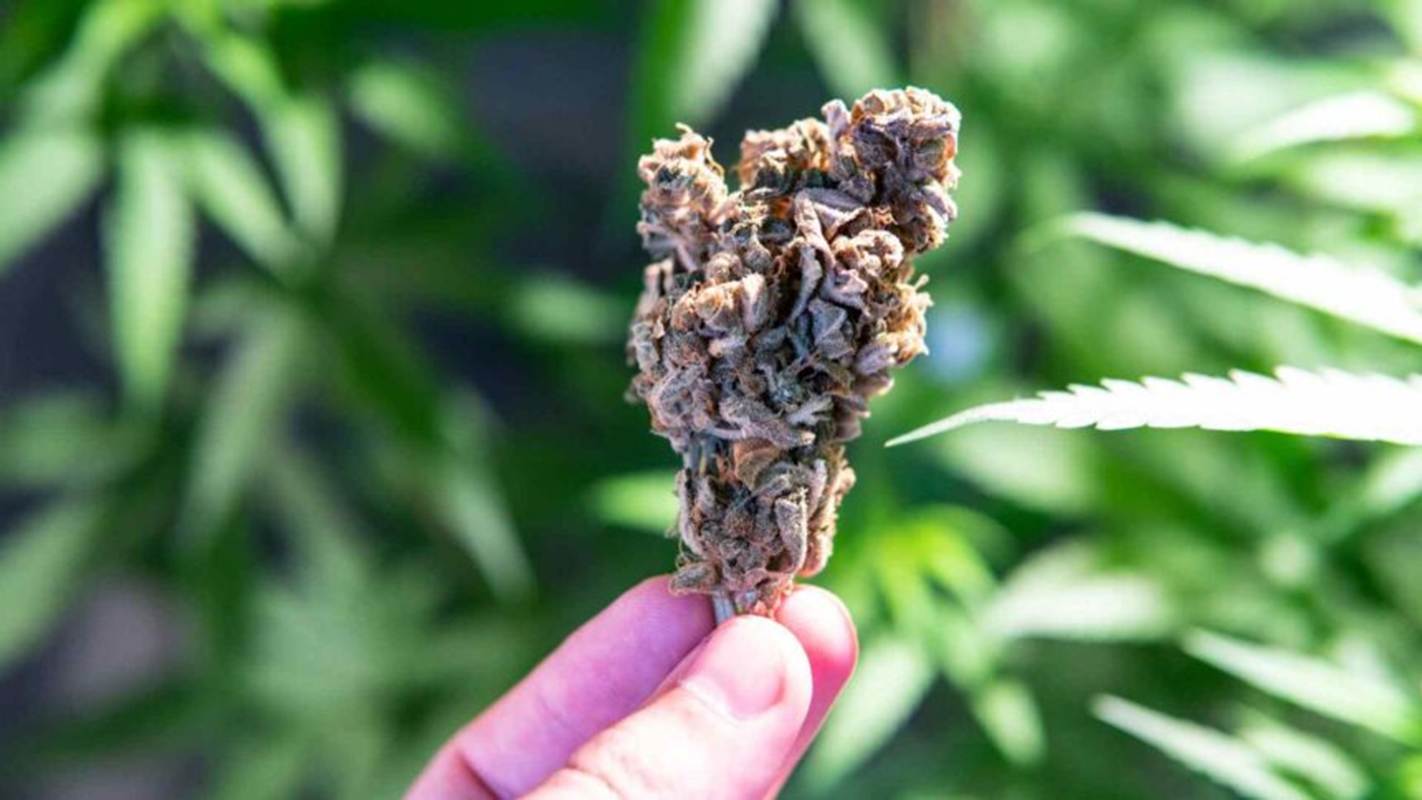 Landmark JAMA Psychiatry study demolished scientific case for downgrading marijuana’s legal status
Landmark JAMA Psychiatry study demolished scientific case for downgrading marijuana’s legal status
A devastating analysis published in JAMA Psychiatry tore apart the Biden administration’s case for cannabis rescheduling, revealing how political pressure trumped scientific rigour in one of America’s most consequential drug policy decisions.
The comprehensive report, authored by Harvard Medical School’s Dr Bertha Madras and Heritage Foundation legal scholar Paul Larkin, exposed how the US Department of Health and Human Services (HHS) abandoned decades of established medical standards to recommend moving marijuana from Schedule I to Schedule III under the Controlled Substances Act.
Ignoring the Evidence
The authors revealed that HHS systematically ignored mounting evidence of cannabis harms whilst creating entirely new, legally unprecedented criteria to justify rescheduling. Most strikingly, the agency downplayed the alarming reality that cannabis use disorder (CUD) affected up to 30% of users, with rates amongst young people reaching epidemic proportions.
“The prevalence of CUD amongst adolescents and young adults (16.5%) is converging with alcohol use disorder (16.4%),” the study noted, highlighting data showing that daily cannabis use had increased fifteen-fold since 1992. Even more concerning, by 2022, America recorded more daily cannabis users (17.7 million) than daily alcohol users (14.7 million) for the first time in history.
Medical Consensus? What Medical Consensus?
Perhaps most damning was the revelation that only approximately 2% of America’s patient-care physicians actually recommended cannabis to their patients. Of the 29,500 clinicians authorised to recommend medical marijuana, just over half held proper medical degrees—the rest included dentists, physician assistants, and other healthcare workers operating far outside their expertise.
The study exposed how cannabis recommendations often lacked basic medical protocols: “Cannabis recommendations often lack details on dose, frequency, composition, route of administration, THC content, tapering, or product quality, unlike FDA-approved prescriptions.”
Cherry-Picked Comparisons
HHS’s argument that cannabis had “low abuse potential” relied on comparing it to alcohol—a substance explicitly excluded from the Controlled Substances Act. This bizarre comparison ignored cannabis-specific harms including psychosis, schizophrenia, cognitive impairment, and the debilitating cannabis hyperemesis syndrome that sent thousands to hospital emergency departments.
The authors noted that assuming causality, “one-fifth of cases of schizophrenia amongst young males might be prevented or delayed by averting CUD.”
State Programmes: Politics, Not Medicine
The report dismantled claims about widespread medical acceptance by revealing the chaotic reality of state cannabis programmes. Geographic variation in authorising clinicians ranged wildly—from 0.8 per 1,000 patients in Oklahoma to 109 per 1,000 in Mississippi—suggesting the creation of “weed mills” analogous to the prescription opioid “pill mills” that fuelled America’s overdose crisis.
Many states allowed cannabis recommendations for virtually any condition without physical examinations or diagnostic tests. By 2021, states had approved cannabis for 105 different conditions, most lacking quality research support.
The Science Didn’t Stack Up
On the crucial question of medical efficacy, the study revealed that 24 meta-analyses examining cannabis for chronic pain—the most common reason for medical recommendations—had failed to endorse its use. The International Association for the Study of Pain explicitly stated there wasn’t “enough high-quality human clinical safety and efficacy evidence” to endorse cannabis for pain management.
For anxiety and PTSD—the second and third most common qualifying conditions—”no high-quality studies exist showing cannabis is effective,” the authors reported.
Youth at Risk
The analysis emphasised how rescheduling would have sent dangerous signals to young people at a critical developmental stage. With 53% of new cannabis users starting before age 21, and minors developing CUD at twice the rate of adults, the timing couldn’t have been worse for policy changes that might normalise cannabis use.
A Policy Crossroads
The study’s conclusions were clear: “The criteria and evidence HHS used to recommend reclassifying cannabis to Schedule III are flawed. If the DEA agrees, it will contradict past federal health concerns and ignore emerging data on rising use, disordered use, and negative health effects.”
Dr Kevin Sabet, a former White House drug policy advisor, emphasised the stakes: “We cannot allow policy to be driven by commercial interests and political momentum while ignoring public health. The evidence in this paper makes it clear that rescheduling marijuana would undermine decades of prevention efforts.”
As the Drug Enforcement Administration considered HHS’s recommendation for cannabis rescheduling, this landmark analysis offered a critical framework for evidence-based decision-making. The question was whether scientific integrity would guide the future of America’s drug policy or if political pressures would take precedence.
The authors issued a stark warning: rescheduling “could undermine FDA authority and compromise the integrity of our drug approval process and pharmaceutical supply.”
In an era of growing policy polarisation, this analysis stood out as a rare source of clear, evidence-based guidance on one of the most significant public health decisions of our time. (Source: WRD News – JAMAWRD News – JAMA)

 Landmark JAMA Psychiatry study demolished scientific case for downgrading marijuana’s legal status
Landmark JAMA Psychiatry study demolished scientific case for downgrading marijuana’s legal status A System Built on Sentiment, Not Science: What began as a compassionate response to desperate families seeking relief for children with epilepsy has morphed into what critics aptly describe as “a commercial monster” – a barely regulated medicinal cannabis industry where doctors write cannabis prescriptions every four minutes and patients receive “Chernobyl-strength” products after brief phone consultations with non-medical staff.
A System Built on Sentiment, Not Science: What began as a compassionate response to desperate families seeking relief for children with epilepsy has morphed into what critics aptly describe as “a commercial monster” – a barely regulated medicinal cannabis industry where doctors write cannabis prescriptions every four minutes and patients receive “Chernobyl-strength” products after brief phone consultations with non-medical staff.
 s cannabis linked to the dopamine pathway involved in psychosis?
s cannabis linked to the dopamine pathway involved in psychosis?













